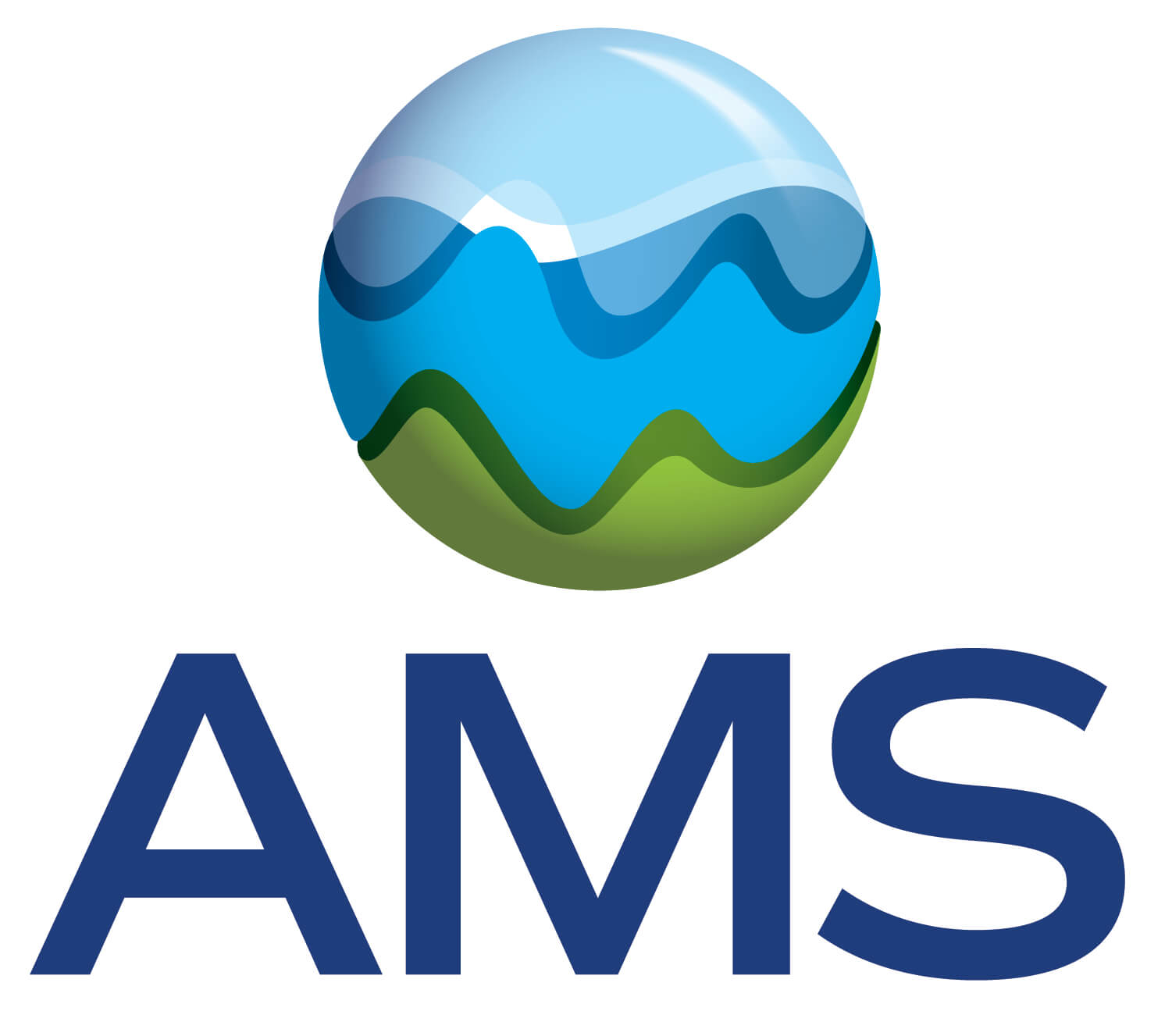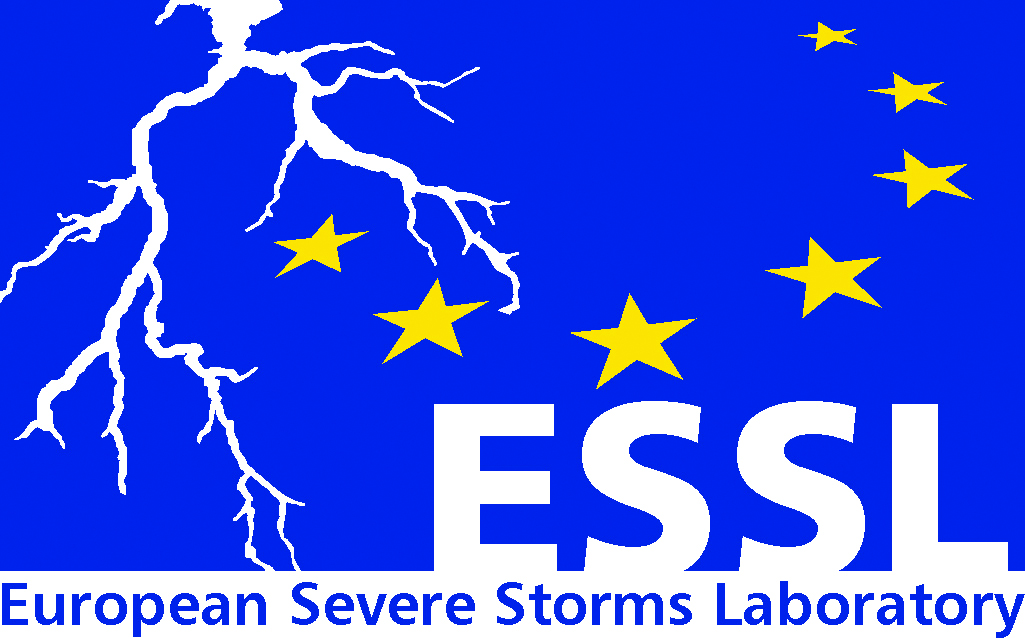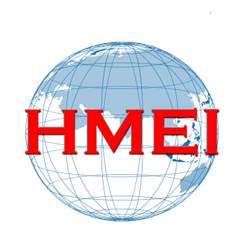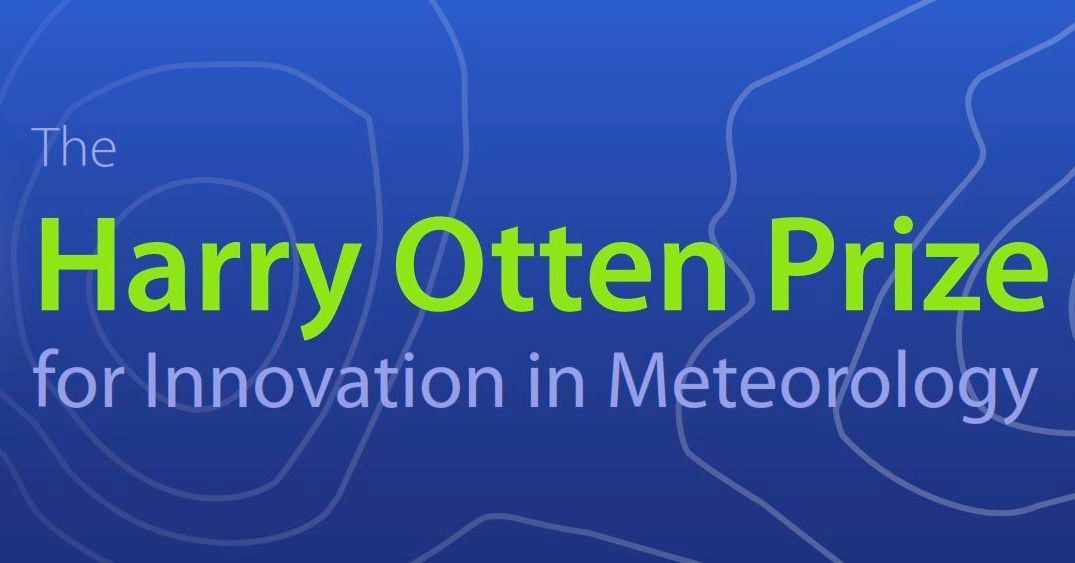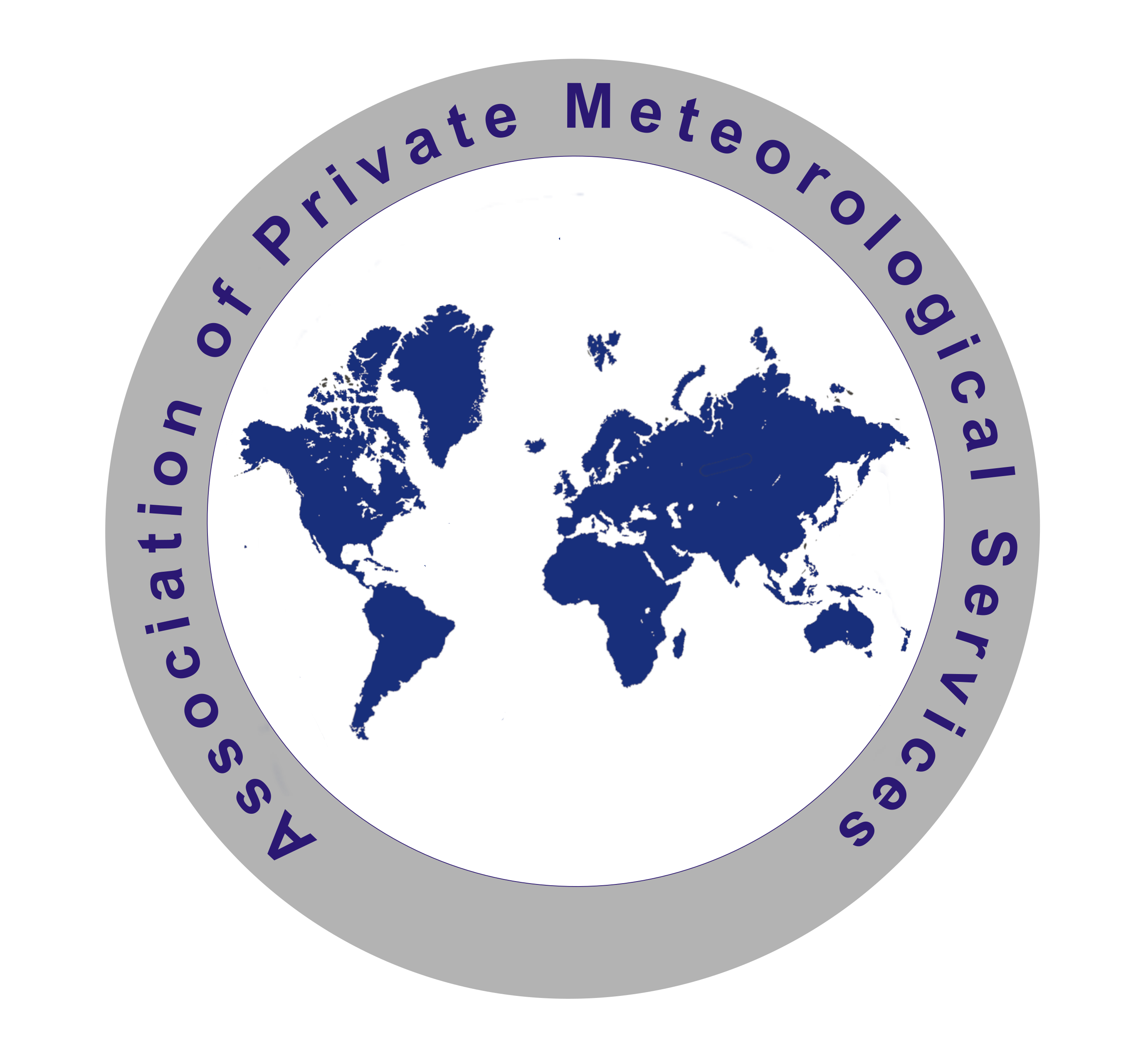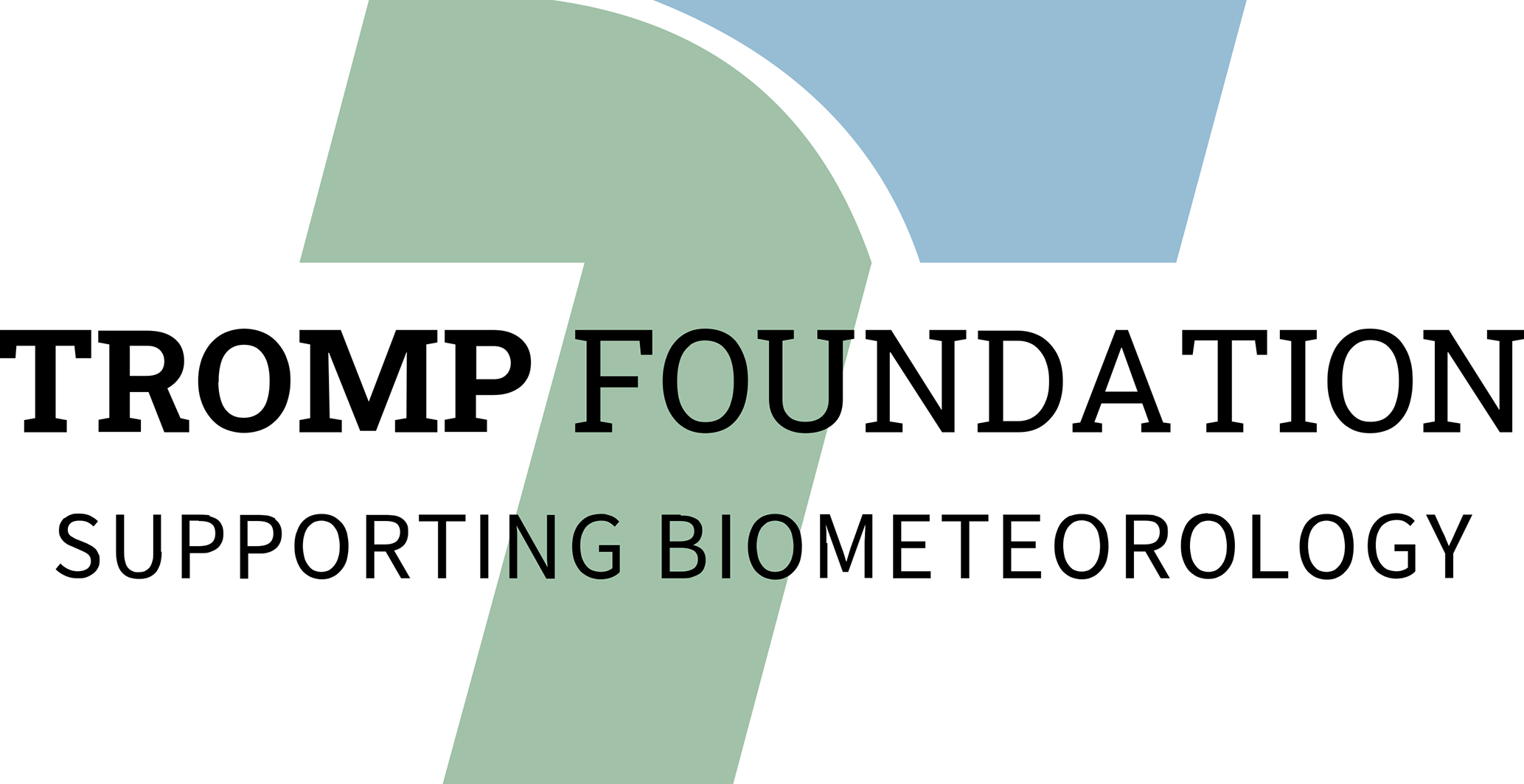Isotopes and Climate Change
Conveners:
Polona Vreča,
Zoltán Kern,
István Gábor Hatvani,
Jan Gacnik,
Klara Žagar,
Jure Tičar,
Matija Zorn
Orals Thu1
|
Thu, 11 Sep, 09:00–10:30 (CEST) Room M3+M4
Posters P-Thu
|
Attendance Thu, 11 Sep, 16:00–17:15 (CEST) | Display Wed, 10 Sep, 08:00–Fri, 12 Sep, 13:00 Grand Hall, P108–110
This session invites contributions related to atmo-, cryo-, hydro-, and geosphere isotopic investigations of the water cycle to trace recent and past climate change. Participants are invited to submit papers for a special issue of the SCIE journal Acta Geographica Slovenica (https://ojs.zrc-sazu.si/ags).
09:00–09:15
|
EMS2025-381
|
solicited
|
Onsite presentation
09:15–09:30
|
EMS2025-386
|
Onsite presentation
09:30–09:45
|
EMS2025-638
|
Onsite presentation
09:45–10:00
|
EMS2025-208
|
Onsite presentation
10:00–10:15
|
EMS2025-634
|
Onsite presentation
10:15–10:30
|
EMS2025-150
|
Onsite presentation
